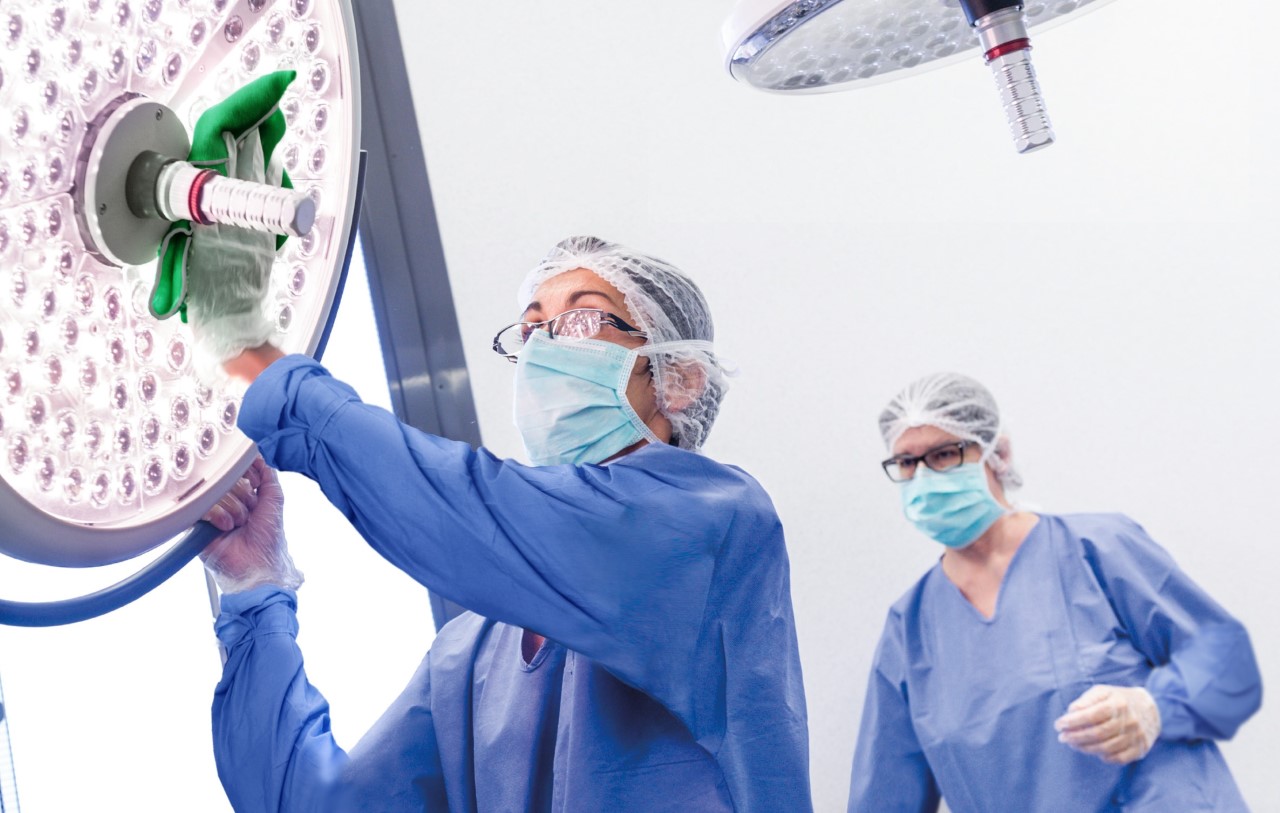
By George Clarke, UMF Corporation
The societal impact of healthcare associated infections (HAIs) in acute care hospitals in the U.S. has been estimated at $147 billion annually. Most recently, Candida auris made headlines as a threat, especially in nursing homes, which are often plagued by poor care and low staffing. More than 760 cases of the superbug have been reported in the U.S. as of July 31.
According to the Centers for Disease Control (CDC), on any given day, one in 31 hospital patients has at least one HAI. A recent study in the American Journal of Infection Control shows that Clostridium difficile infection (CDI), just one of many types of superbug, can result from contact with hospital environmental surfaces. Without proper cleaning of such surfaces, cross-contamination can occur, resulting in preventable HAI (pHAI).
So, how can hospitals and other healthcare facilities maintain optimal hygiene levels to beat this scourge of HAIs?
Training and environmental services staff recognition
 When it comes to infection prevention, training and recognition of the key role environmental services (ES) staff play in reducing pHAIs is crucial. Standards and regulations from the Center for Disease Control andPrevention (CDC) and Association for the Healthcare Environment encourage hospitals to implement consistent ES cleaning programs and total facility cleaning standards to disinfect all high touch surfaces.
When it comes to infection prevention, training and recognition of the key role environmental services (ES) staff play in reducing pHAIs is crucial. Standards and regulations from the Center for Disease Control andPrevention (CDC) and Association for the Healthcare Environment encourage hospitals to implement consistent ES cleaning programs and total facility cleaning standards to disinfect all high touch surfaces.
Training programs recognize the science of cleaning and disinfecting – including the clinical function of removing and eliminating HAI-producing microbes and the practical function of cleaning. ES staff training should include:
- Proper use of high-performance textile products.
- Color-coded, one-per-room protocols to simplify training, help reduce chemical usage and offer a straightforward way to eliminate the risk of cross-contamination.
- Improved cleaning thoroughness and enhanced cleaning methods of high-touch surfaces.
- Pre-first procedure processing, between-procedure processing, 24-hour idle processing and terminal processing for ES staff cleaning operating rooms.
More and more, healthcare management is acknowledging and rewarding ES staff who have undergone extensive in-service training. During these programs, ES staff learn best practices for infection prevention and hygiene management in the patient room, operating room and throughout the healthcare facility.
Such recognition can serve as a significant boost to employee morale . Once ES staff complete the training, recognize them via a senior management-attended event that includes a certificate, pin or other designation, and celebrate their role in reducing pHAIs and their accomplishments.
Color-coding
 As part of the training process, ES staff could learn to use separate color-coded wipers and flat mops for the patient room, OR and bathroom, and only use them in the specified rooms. Color-coding simplifies training, helps reduce chemical usage, and – most important – offers a straightforward and elegant way to eliminate the risk of cross-contamination.
As part of the training process, ES staff could learn to use separate color-coded wipers and flat mops for the patient room, OR and bathroom, and only use them in the specified rooms. Color-coding simplifies training, helps reduce chemical usage, and – most important – offers a straightforward and elegant way to eliminate the risk of cross-contamination.
Color-coded products designed and colored for specific tasks might include:
- Blue products in patient room
- Yellow for intensive care
- Orange products for use in any bathroom
- Green in the operating room
—————————————————————–
Next week Laundry Ledger will publish In Part II of “Prevention to Keep Healthcare Infections at Bay” which will look at high performance reusable products and the incorporation of disinfectants in the cleaning process. You can read it here.
About the Author:
George Clarke is founder and CEO of UMF Corporation, one of the leaders in the research and development of high-performance textiles for the infection prevention and commercial cleaning markets. Through extensive testing, exhaustive analysis and the commitment of significant human and financial resources, UMF Corporation merges antimicrobial technologies with innovative product designs that are redefining the future of clean.
For more information, please reach out at glcarke@perfectclean.com.














